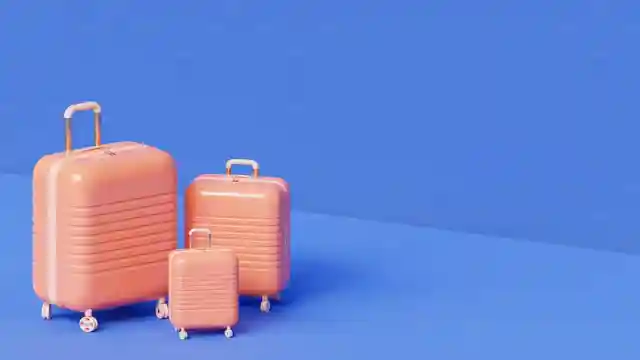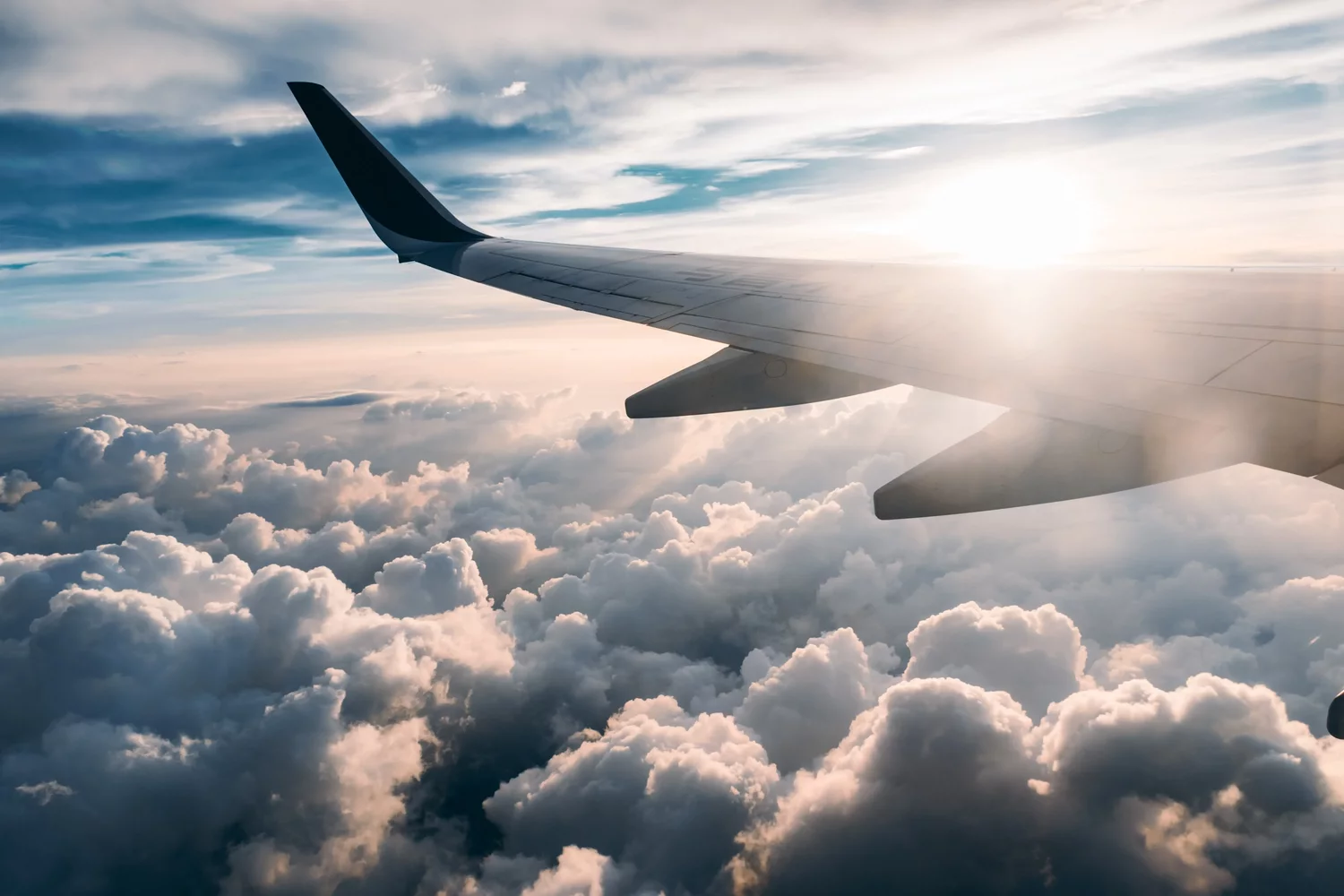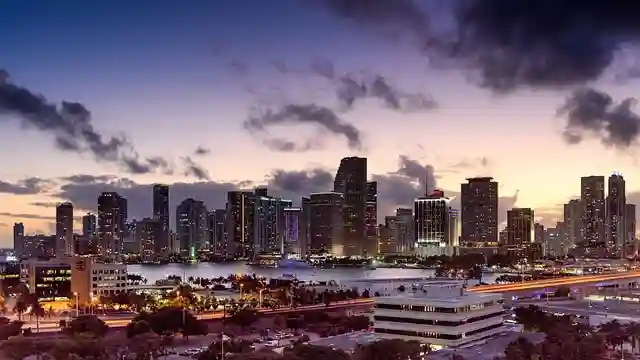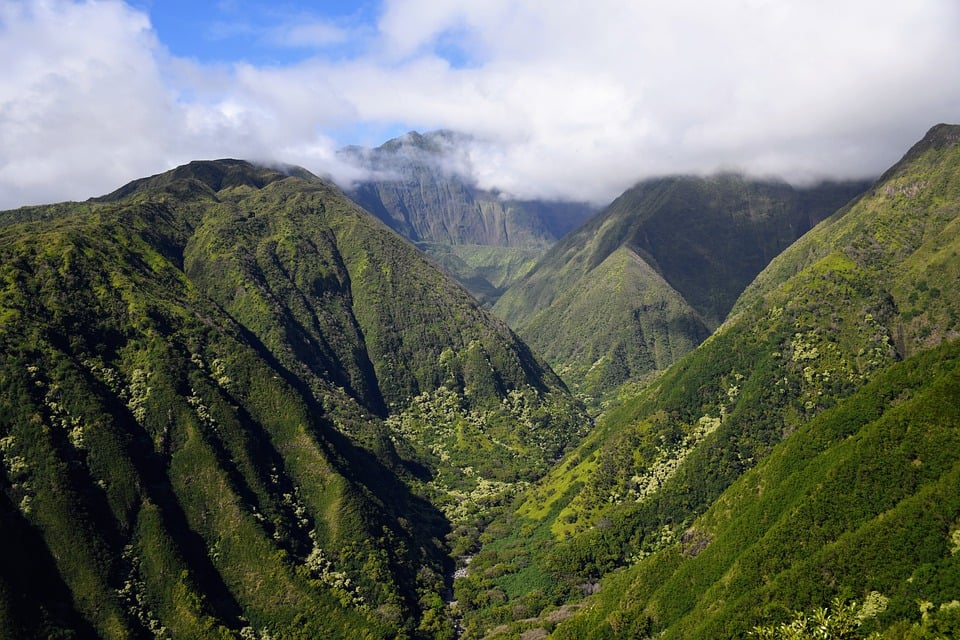If you are planning to have a flight trip in days or even if you do not have any upcoming plans still you must have good knowledge about the Liquid Restriction in your carry-on and checked baggage under the TSA Liquid Rules.
In this blog, you will get all the details about the liquid items that you can carry. Apart from that, you will get to know about the items that are restricted and the quantity limit that is allowed on the plane.
Additionally, there are some bonus tips to avoid any unpleasant situation. So without any further ado, let’s take a quick look below.
Limits on Liquid Ounces in Your Carry-on & Checked Bags
Before jumping directly to the items that are allowed and restricted and their limit, you should first know about the TSA rule and regulations on liquid items.
Whether it's your first time flying or you are a frequent flyer, you must have a gist knowledge of how many ounces can you take on a plane. Well, all the answers to your doubts are briefly described below:
Understanding the Importance of Liquid Restrictions Under the TSA Rule
Liquid restrictions under the TSA rule play a very crucial role in ensuring aviation security. These restrictions have been implemented in response to the heightened threat of liquid-based explosives and other dangerous substances being smuggled onto aircraft. Understanding their importance is essential for maintaining the safety and well-being of passengers and aircraft crew.
Some advantages of TSA restrictions are written below:
- Liquid explosives pose a significant risk to aviation security due to their potential for causing catastrophic damage. By limiting the liquid quantity that passengers can carry in their carry-on bags, TSA helps mitigate the threat of liquid-based explosives being brought aboard aircraft.
- Restricting a certain amount of liquids also allows security personnel to focus their attention on detecting potential threats more effectively. By reducing the volume of liquids passengers can bring on board, security screening procedures can concentrate on identifying prohibited items with greater precision.
- Liquid restrictions facilitate smoother and more efficient security screening procedures. Limiting the liquid quantity reduces the time required for inspecting each passenger's belongings, enhancing the overall flow of passengers through security checkpoints. This helps prevent delays and ensures that flights depart on schedule.
- Passengers are aware of the limitations and can plan their packing accordingly, minimizing the risk of confiscations or delays at the security checkpoint.
- Liquid restrictions implemented by the TSA align with similar measures taken by international aviation authorities. This alignment fosters collaboration and strengthens global aviation security efforts. Passengers traveling internationally can expect consistent regulations irrespective of the origin or destination of their flight.
- The importance of liquid restrictions remains relevant due to the evolving nature of threats to aviation security.
Note: By following the TSA limit on the ounces of liquid on a plane, you ensure the safety of yourself and your loved ones.
TSA Liquid Regulations for Carry-On Bags
As per the TSA liquid rules, if you want to travel with liquid items in your carry-on bags, you have to put all the liquids, gels, and aerosols in containers that are under 3.4 ounces (100 milliliters) or less. These containers should be placed in a clear, quart-sized plastic bag. Each passenger is allowed one plastic bag, and it must be presented separately for screening at the security checkpoint. Some airports may have exceptions for certain liquids, such as medications, baby formula, and breast milk, which may be allowed in larger quantities. It's recommended to check with the airline or airport for specific guidelines.
Exceptions for Medications and Special Needs
You can carry medicines and other necessary liquids, such as baby formula and breast milk, in a bit larger container that exceeds the 3.4-ounce container rule. However, they must be declared to the security officers at the checkpoint for proper screening.
Bag Size and Organization Tips
Some tips will help you pack and organize the liquids in your carry-on bag.
- All the containers that hold liquids must fit comfortably in a single, clear, quart-sized, plastic bag. Each passenger is allowed only one bag, which must be presented separately for screening at the security checkpoint.
- The plastic bag used for carrying liquids must be transparent and resealable. This transparency allows security personnel to quickly assess the contents without opening the bag.
- While going through security checkpoints, you must remove the plastic bag that contains liquids from your carry-on bag. You have to place those items in a separate bin for security screening. This helps security personnel examine the bag and its contents more easily.
Understanding the TSA Guidelines for Checked Bags
For liquids in checked bags, the rules are more relaxed. Generally, you can pack larger quantities of liquids in your checked baggage.
Exceptions for Duty-Free Liquids
Liquids purchased from airport duty-free shops or on board an aircraft are allowed in larger containers. These items must be properly sealed in a tamper-evident bag with the receipt visible, and they should remain unopened until reaching their final destination.
Packaging and Protection Tips
Some general checked baggage liquid packing and protection tips are written below:
- Make sure to seal the containers properly so that they don't leak during the journey. If possible, try to wrap the liquids in a plastic bag or use leak-proof containers to prevent any damage to other items in your luggage.
- Fragile items, such as electronics or delicate objects, should be packed with care to prevent damage. It is recommended to use proper padding or protective cases for these items. Valuables like jewelry or important documents are best kept with you in your carry-on bag rather than in checked bags.
- You can use TSA-approved locks to secure checked bags. These locks allow TSA officers to open and inspect bags, if necessary, without damaging the lock. Using non-approved locks may result in them being cut off during inspection.
Note: The TSA rules and regulations can change, so I would suggest confirming the limitation with your airline authority to avoid any potential repercussions.
What Will Happen If You Exceed 3.4 Oz/100ml?
If you are at the airport, then before you board your flight, you have to go through the TSA check. If you want to avoid any unforeseen consequences then kindly do not exceed the liquid limit under the TSA liquid rule.
If you exceed the liquid limit then your item will be confiscated on the spot. During this procedure, there is a high chance that you might miss your flight due to time storage for other boarding procedures.
So be sure to pack all the allowed liquid items under the liquid limit. Some exceptions will be given to certain items. You can find the list of exceptional items and prohibited items in the further section mentioned below.
Exceptions on Liquid (3-1-1 Rule)
There are some items that are allowed to be carried, even if it exceeds the 3.4 oz/100ml limit under the 3-1-1 rule. The items are listed below;
- Baby food
- Breast milk and formula
- Saline solution
- Liquid medication
- STEB items
- Cough syrup
Prohibited Liquids
Under TSA Liquid Rule, there are some items that are strictly prohibited. The list includes;
- Cooking Spray
- Bleach
- Most flammable liquids
- Fertilizer
- Most toxic liquids
- Aerosols
- Spray Starch
- Insecticide
- Alcoholic Beverages over 70% ABV
- Spray Paint
All these items are considered as dangerous so you are not allowed to carry these items at any cost.
Note: However, nail polishes are allowed to be carried both in carry-on and checked baggage.
Tips and Tricks for Navigating Liquid Restrictions
Navigating liquid restrictions can be a bit challenging, but with some tips and tricks, you can easily comply with the regulations and make your airport experience smoother. Here are some helpful suggestions for navigating liquid restrictions:
- Before you start packing, take the time to familiarize yourself with the specific liquid restrictions imposed by the TSA or relevant aviation authorities. Understand the limitations on container size, the requirement for a transparent, quart-sized plastic bag, and any exemptions for essential liquids like medications or baby formula.
- Instead of carrying full-size bottles of toiletries, try to go for the travel-sized versions that meet the size requirements. Purchase some empty travel-sized containers and fill them with your preferred products.
- In some cases, you can choose solid alternatives over liquids. Solid shampoo bars, deodorant sticks, and solid perfumes are convenient options that eliminate the need to carry liquids. In these items, the TSA rule does not imply.
- If you have a layover or are traveling internationally, consider purchasing liquids such as alcohol, perfumes, or cosmetics from duty-free shops. These items are usually sealed, tamper-evident bags and are exempt from the 3.4-ounce container limit. So always try to keep the receipt visible and unopened until you reach your final destination.
- When packing your carry-on bag, place your liquids in the transparent, quart-sized plastic bag so that it is easily accessible for security screening. This way, you can quickly present it separately for inspection without having to rummage through your entire bag.
- While the TSA sets the baseline for liquid restrictions, some airlines may have additional regulations or requirements. I would personally advise you to confirm any specific policies with your airline before you travel to avoid any uncertain problems.
Final Thought
By following all the above-mentioned points, you can save yourself from the problems that may occur at the security checkpoint at the airport. If you like this blog, then do share it with your family and friends.















